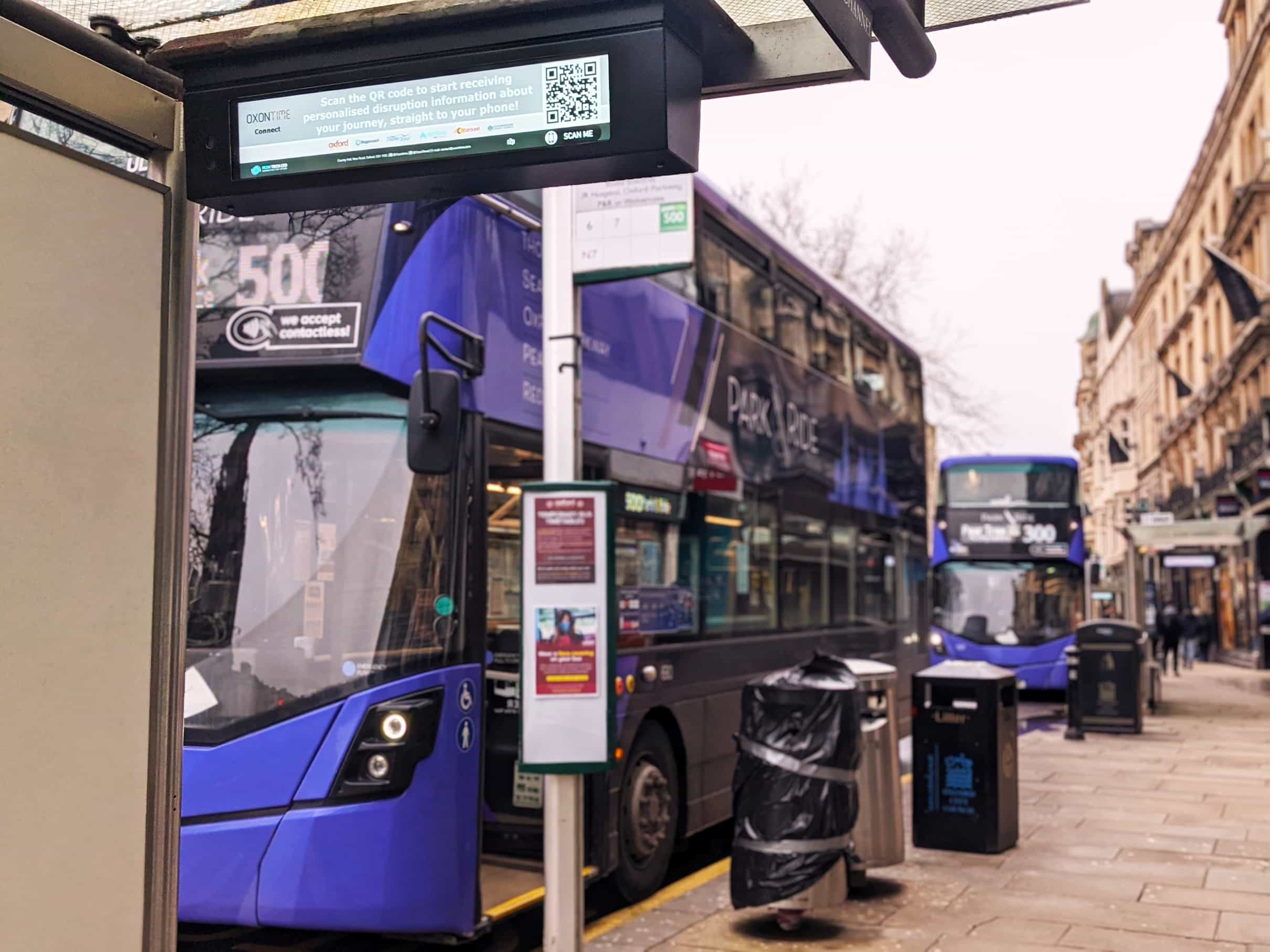95% of coach and bus operator representatives that responded to a survey by the Chartered Institute of Logistics and Transport (CILT) are experiencing a driver shortage, while the average age of those business’s drivers is over 50, results have shown.
CILT’s work took in both the coach and bus and freight sectors through the respective BusMark and LogMark benchmarking schemes. It paints a picture of a driver shortage that has grown since CILT last carried out the survey in 2015, and it aims to prepare a series of recommendations to operators, industry and government based on the findings.
The proportion of respondents in the passenger sector that have a driver shortage is well above the figure among freight operators, where it is 64%. 96% of coach or bus businesses involved said that they had been unable to cover driving work on at least one occasion between July 2021 and June 2022.
In an indication that there is a long way to go to attract sufficient young people into driving jobs, the average age of drivers among survey respondents in the passenger sector is now 51.5 years.
Despite the driver shortage, only 30.5% of respondents from the coach and bus industry said that they are currently recruiting trainee drivers. That is significantly lower than the 46.5% in the freight sector. However, almost 50% of coach and bus operators involved in the survey will finance PCV licence acquisition.
More to be done with school leavers on driver shortage?
Commenting on the findings, CILT Bus and Coach Forum Chair and BusMark Chair Austin Birks has underlined existing views that school and college leavers could provide a useful source of driver recruits. He notes that CILT “could do more by offering more careers advice” within those educational settings.
However, age restrictions are highlighted in responses to the survey. One participant said that such limitations leave driving as “a secondary career choice, not usually considered by school leavers.” That comes as some members of the coach industry have highlighted how dropping the 50km, regular service restriction on category D drivers who are under 20 years of age could be helpful.
The average rate of annual driver turnover among passenger operators in the CILT survey is 17%, although actuals vary greatly. The highest response was 45%, with a low of 3%. The median is 15%.
Much focus has been placed on attracting new talent to the freight sector, but the most common approach to bringing in new driving staff both from businesses there and among coach and bus operators has been through an increase in pay at 78% of respondents. That is followed by advertising (68%) and staff engagement (60%) to make up the top three.
Former military personnel another possible avenue?
Mr Birks notes that the coach and bus industry may not be leveraging the pool of former military personnel as a source of drivers as well as it could. He adds that a “healthy number” of service leavers, and particularly those from the Royal Air Force, hold the relevant licence.
Former military personnel have been highlighted by the government as a potential avenue to mitigate the driver shortage, although CILT observes that they generally do not have a Driver CPC (DCPC) qualification card. However, the Ministry of Defence has committed to seeking inclusion of DCPC in its future training programmes.
CILT has highlighted that over 60% of all respondents to its survey are not actively seeking former members of the military. It suggests that such a high percentage may be down to a lack of knowledge on how to engage with the relevant organisations.
CILT adds that with Brexit, availability of drivers from EU nations has “greatly reduced,” which it believes presents “a compelling case to seek exemptions across the transport sector.” The Institute would also like to see government work to help the recruit HGV drivers extend into coach and bus.
Mr Birks concludes by suggesting that potential exists for driver ambassadors within local communities, and questioning whether operators should be more proactive in gaining mainstream press coverage of careers in the sector. Driver loyalty bonuses are another possibility, as are friends and family referral schemes.



























